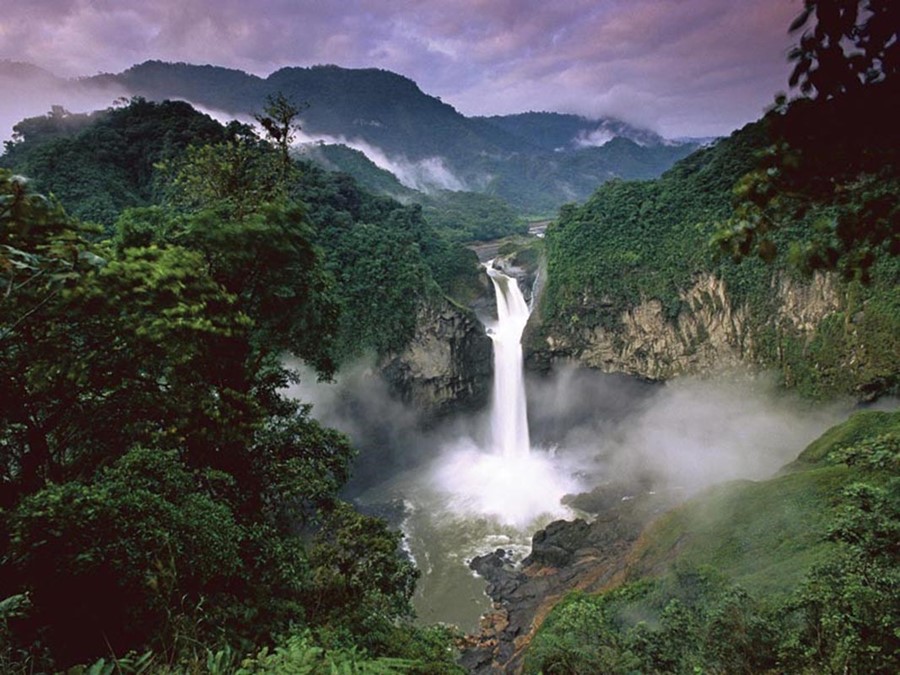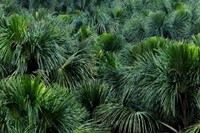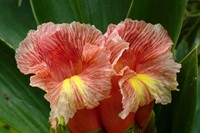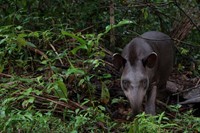super/collider ventures deep into Yasuní National Park in Ecuador, a verdant paradise inhabited by thousands of mind-blowing species
Where on Earth?
Yasuní National Park, EcuadorGPS
Coordinates: 1°5′S 75°55′W
Deep on the far Eastern fringes of Ecuador, where the Andes and the Amazon meet, lies one of the most biodiverse places on Earth. Teeming with life, the area in and around Yasuní National Park is home to a vast tract of nearly pristine neotropical rainforest that inhabits an incredible array of plants, animals and people. Part of the vast Napo moist forest bioregion of the Western Amazon, the area’s location gives it a richness of species and habitats found almost nowhere else.
During the last ice age, this part of the planet escaped the deep freeze that ended all life elsewhere, serving as an ark. As the glaciers receded, plants and animals from the area recolonised what is now South America, making Yasuní an Amazonian version of the Garden of Eden. Even today, the incredible race for life here means evolution is ongoing, with thousands of species adapting and competing with each other to survive.
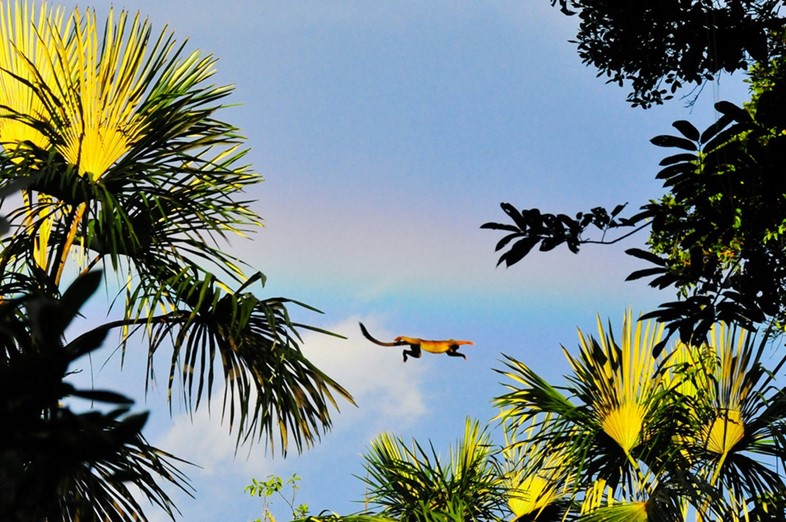
What on Earth?
Bordered by two rivers, the Napo and the Curaray, Yasuní is a land of humid rainforest with high year-round temperatures and lush, steady rainfall. It’s home to Terra firme forests in the highlands, Varzea forests which occasionally flood and Irapo forests which are nearly always flooded – giving it a frankly embarrassing list of biodiversity records. A single hectare of its rainforest, for instance, is home to more than 100,000 species of insect. There are more frog and toad species found within Yasuní than all of North America combined. In terms of reptiles, it is the second richest area in the world, with endangered South American river turtles, yellow-footed tortoises and three types of caiman all representing.
Add to that 4,000 plant species and 173 different mammals – including some flying ones in the world’s fifth largest bat reserve. Forest-wise, a study found 655 different tree species in just one hectare of land there – and the park is also home to 130 globally threatened species including the white-bellied spider monkey, golden-mantled tamarin, giant otter, giant armadillo and jaguar. Oh and did we mention that among the many native tribes living in Yasuní there are two – the Tagaeri and Taromenane – who still live in almost complete isolation?

How on Earth?
Yasuní National Park is located about 250km east of the former Incan city at Quito, now the capital of Ecuador. Once there, the Napo Wildlife Center offers transfers by boat to their beautiful locally-built sustainable lodges on the north side of the park, just south of the Napo River on Añangu Lake.
